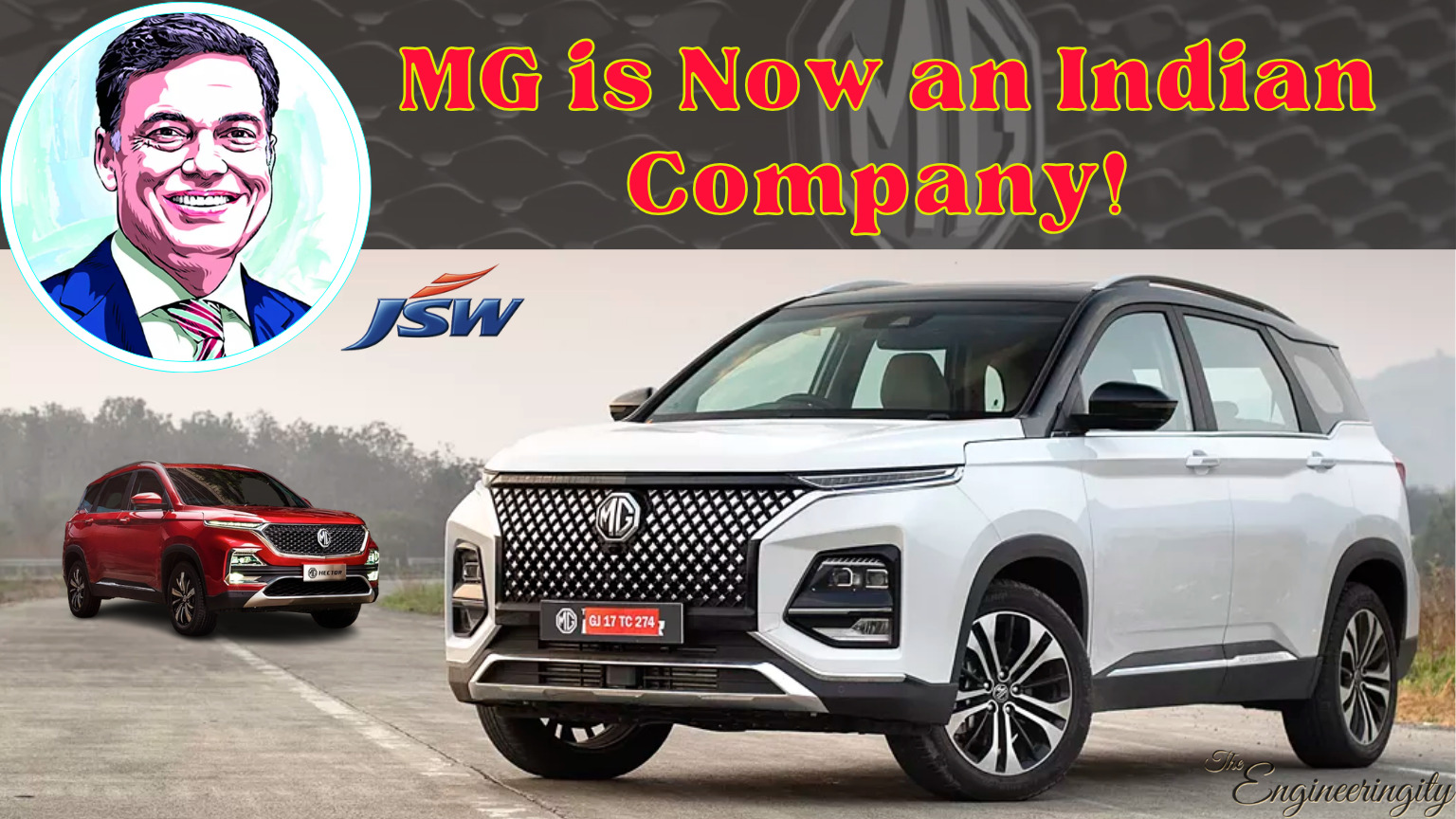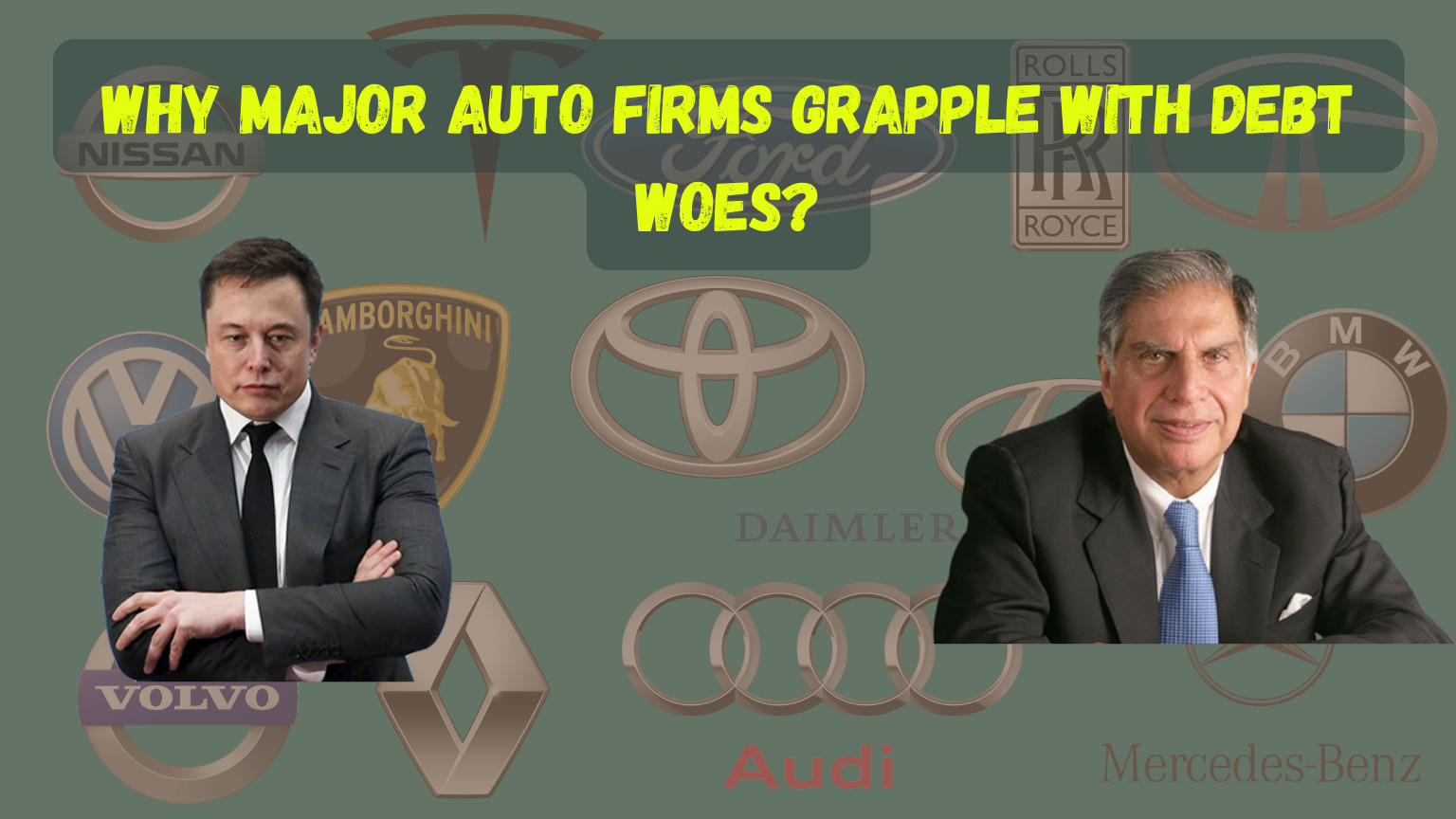Almost all automotive brands have promised us that they'll stop making cars run on petrol and diesel and they will shift towards free electric cars. Amongst them are some car makers who have become too extreme about electric cars. For example, Jaguar said it would become a company to make fully electric cars by 2025. Alpha Romeo has promised to become fully electric by 2027. Chrysler gave us time till 2028, and Mercedes and Rolls Royce gave us time till 2030. Audi has promised to be a fully electric car maker by 2033.
From America to Europe, China to Korea, all car makers are completely committed to EVs, except for Japanese car makers. Where we see a lot of electric cars made by luxury car companies like Audi, but Toyota, the biggest car maker in the world, has only one electric car named bZ4X, I am sure you might not have heard this name.
The second biggest Japanese car company, Honda, has a similar stand. They too have only three electric cars, they come under their NS series which are sold only in China and Europe. Similarly, Nissan has only a couple of electric cars, and Mitsubishi and Suzuki don't even have one electric car. Suzuki doesn't even have a plugged hybrid model.
Why are Japanese car manufacturers showing resistance towards the adoption of electric vehicles, especially at a time when the automotive industry as a whole is transitioning towards electric cars?
Comparison of Kodak and Electric Car Production
The way Japanese car makers are functioning reminds me of Kodak. You must have remembered Kodak, one of the biggest camera makers in the World. Still, when the demand for digital cameras rose instead of accepting this change, Kodak focussed on real cameras so they are almost extinct today's date. So the question here is like Kodak, the slow transition of Japanese companies will this be the end for them? Or, they have some secret plan we don't know about. So, now that I was given Kodak's example, if we talk about it, there is a difference between Kodak and the Japanese brands. And, it's because Kodak has never changed their technology while Japanese car makers became one of the first in the world who started making mass-produced electric car makers.
Yes, Honda launched the Honda EV Plus electric car in 1997. Toyota launched the Rav4 in 1994, which hit the European market and next the American market. But something happened, which led these Japanese car companies to completely quit making electric cars. While these Japanese car companies launching their electric cars, GM has launched its mass-produced electric car EV1. This car was the first electric car which was a great success considering first-generation electric cars. But, obviously, this success was nothing compared to petrol or diesel cars.
Well, whatever, this story took a 180° turn when GM sold the rights of NiMH battery to an oil company, and that oil company was later bought by a big oil company named Chevron. Actually, big oil companies like Chevron were interested in batteries because if they had the battery patents, they could stop anyone from making electric cars.
By this, the cars running on fossil fuels increase and also oil companies can make more profits. And this is what happened. Chevron, who became the owner of the battery patent, filed a case against Toyota because, as I said before, Toyota was making EVs, and the batteries they used those we based on the same technology, the rights of which were with Chevron. Now Toyota has faced these lawsuits but they also filed cases against Panasonic and other battery makers because they were providing components for the EV makers or they were giving them batteries altogether.
Toyota's Dominance and Stance on Electric Cars
Situations turned so bad that America had to crush the unsold EV lots. And because of this, both the Japanese automakers stopped making EVs. But they didn't leave the electric batteries behind. They used this battery technology to promote hybrid cars, where they use both petrol and electricity to run the car. And because they also used petrol, Chevron hadn't had a problem with them. Toyota has launched its first mass-produced hybrid car; Prius. And right from the beginning, their sales went up. Every other guy bought a Prius, who wanted a highly efficient car.
Today, the legacy of the Prius is so big for Toyota that out of all the hybrid cars that are sold in America today, 60% of them are sold by Toyota. Due to their hybrid car sales success, Toyota became so bullish and they have completely stopped making EVs, like I told you earlier. But as time passed by, Toyota's stance on electric cars became very negative. So much so they have refused to believe electric cars as the future of technology.
Challenges and Considerations in Toyota's Position on Electric Vehicles
Now, Toyota's view might sound one-sided because their obvious success in hybrids is so huge. But if we study this secret document then we understand they have a good point. Toyota has circulated this document to their dealers and they wanted the general public to read this document. So, despite being a secret, this document is on the internet. Toyota gave some reasons for this internal document for not supporting EVS. Like, there are some dealing hassles with EVs, for example, out of all the charging infrastructure, only 12% of them can help your car fully charge from 20 to 60 minutes. And other charging stations consume hours of your time.
Apart from this, if you want to completely rely on the EVs then, only in America, do you need to install 12,00,000 charging stations, within the next 5 to 6 years. Also, they raised questions about the affordability of the EVs. They believe that costs cannot be justified unless an EV becomes as affordable as a petrol car. Now, we all know all this stuff. But Toyota has mentioned the 1:6:90 rule, and this particular piece of information sounded really concerning. The resources required to make these EV batters are completely rare elements. We are running out of these elements and once they are exhausted, we cannot reproduce them. This 1:6:90 rule tells us that with the rare elements and raw materials used in 1 electric car, you can make 6 plugin hybrids and 90 hybrid cars out of those.
Think about it, 90 hybrid cars can be made out of 1 electric car environment. Apart from this, this document also says that by the year 2030, 300 new Cobalt, Nickel, and Graphite mines if we want to go completely electric in terms of cars.
Challenges and Controversies Surrounding Electric Vehicles in Japan
After reviewing Toyota's document, it is mentioned that electric vehicles (EVs) may not be sustainable in the long term due to the rare elements they use. However, the document also suggests that if alternative arrangements are made to manufacture EV batteries without these rare elements, sustainability could be achieved. Otherwise, it is implied that sustainability may not be possible as per the Toyota document. This could be a possible reason why the Japanese government is not as supportive of EVs as other countries.
On one end, Chinese, Indian, American, and European governments are offering subsidies for electric cars. On the other end, Japan has more subsidies for fuel cell cars rather than electric cars. Though the Japanese government promised to become fully electric by 2035, they have included hybrids within this 100%. And Japanese government believes hybrids to be the future technology and they have no plans to ban hybrids, unlike the US and UK governments. Now that we know Japanese car companies and their government are not positive about EVs, so, they have become targets for international environmental organizations. An organization named Greenpeace published a report, some time ago. They ranked Toyota, Nissan, and Honda worst out of the top 10 global auto companies for their decarbonization efforts. On top of that, they ranked Toyota as the worst in terms of decarbonization. In simple language, according to them aren't putting enough effort into saving the environment.
The Shift to Electric Vehicles: Impact on Japan's Economy
According to The Climate Group report, there is a high probability that Japan's GDP could decline if the country does not adopt electric vehicles (EVs). This is because 89% of Japan's GDP comes from manufacturing, with the automobile sector playing a significant role. Japan generates a large portion of its revenue by exporting cars worldwide. If other countries decide to ban hybrid and internal combustion engine (ICE) cars, Japan could suffer significant losses. Several countries, including Britain, Israel, and Singapore, have already announced plans to ban internal combustion engines by 2030. If such bans are implemented, Japan may face challenges in selling their hybrid cars, as a large portion of their revenue comes from exports.
In response to these challenges, Japan has started shifting its focus towards EVs, although they currently do not produce notable electric cars. However, they have made announcements indicating their plans for the future. For instance, Toyota has announced that they will launch six new EV models by 2026, and Nissan, known for fully electric cars like the Leaf and Ariya, has pledged to sell 100% electric cars in Europe by 2030.
Japanese Automakers Driving Towards Electric Vehicles
Honda introduced their new EV lineup, where they introduced their Honda 0, is a complete electric car series. they will start producing them in 2026. Apart from this, Mitsubishi, the company with no electric cars, also said they are willing to launch 4 new electric cars which will help their goal of 100% EV by 2025. Talking about Suzuki, I don't know much but they are going to launch eVX, a fully electric car in India. So, knowing all this we can figure out that, though it's by force, Japanese automakers must have to bring electric cars to the market. Or else they will not sustain.
After reading this article, you must understand that Japanese car manufacturers have a more favorable opinion of hydrogen fuel, flex fuel, and other hybrid technologies than electric vehicles. Please share your thoughts on this.















